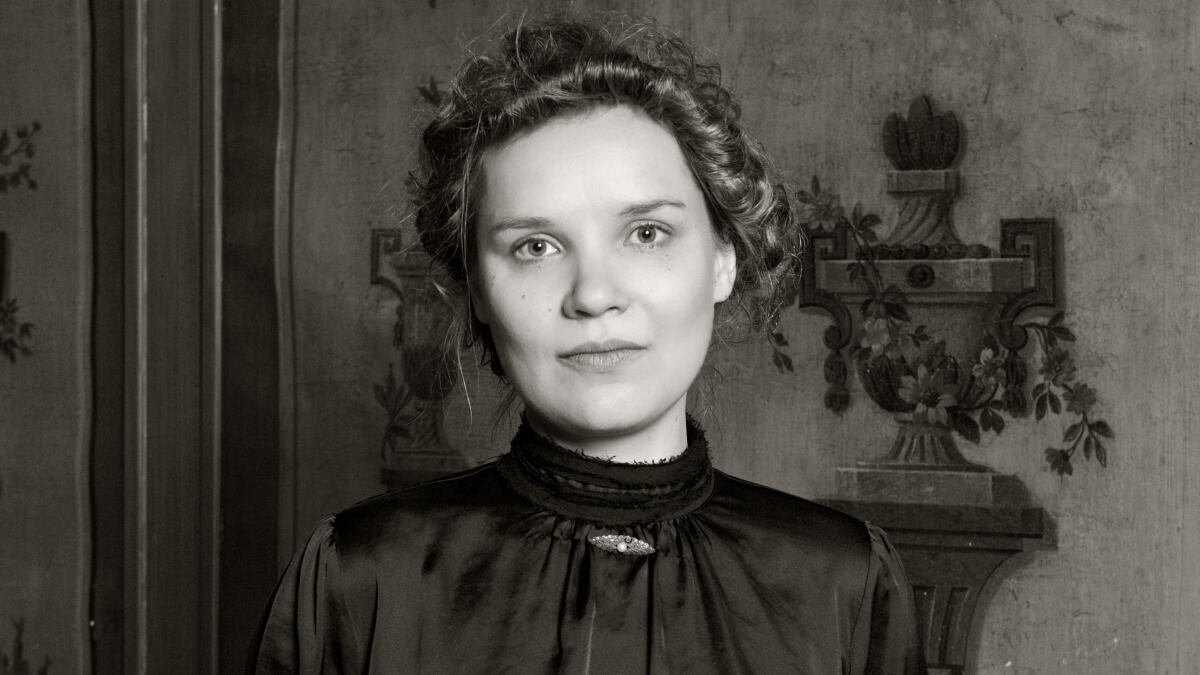Rediscovering Forgotten Female Composers: Unearthing a Rich Musical Legacy
In a six-year-long research effort, researchers Susanna Välimäki and Nuppu Koivisto-Kaasik have unveiled the stories of 126 overlooked female classical composers from the 19th and early 20th centuries. Their research reshapes the narrative of Finnish music history, offering a more comprehensive view on the subject.

In Finland as in elsewhere, classical music historiography has been dominated by men for centuries. The prevailing understanding has been that there simply have not been many women composers.
Contrary to this popular belief, composing was not uncommon for women in the 19th and early 20th centuries. Instead, music was a typical form of self-expression for musical women.
One of the most astonishing findings for Professor Susanna Välimäki from the University of Helsinki and researcher Nuppu Koivisto-Kaasik from the University of the Arts Helsinki during their six-year-long research project was the sheer number of female composers. In fact, according to their research, the majority of students at the Helsinki Music Institute in the 19th century were women.
Limits for ‘suitability’
However, there were limits to the type of compositions considered suitable for women. They were encouraged to create children’s songs, educational music, gymnastics music, and small-scale pieces like solo songs. Orchestral composition was often seen as too mentally demanding for women of the time.
Nevertheless, early women composers did produce operas, chamber music, and symphonies, although many of these works remained hidden away, never recorded or publicly performed. A significant portion of these compositions has been lost, destroyed, or remains hidden.
Decades of silence
In their quest to find these early female composers, the researchers have combed through archives, scoured old newspapers for announcements and articles, and traced the genealogy of women through church records. They have rejoiced at discovering fragments of information and stumbled upon long-lost manuscripts.
This detective work has already breathed life into some forgotten compositions. The once-silent notes have resonated once again after decades of silence, and vanished manuscripts have received their inaugural performances.
Only room for one at a time
In the late 1800s and early 1900s, institutional music education was economically and socially accessible only to a select few. Female composers of this era typically hailed from the upper or upper-middle class. Many of these composers were active participants in the burgeoning late 19th-century women’s rights movement, joining associations and contributing to discussions about women’s position in society.
For some, music education offered a path to independence. Teaching piano or early music education was considered suitable work for women. In private correspondence, women frequently expressed experiences of injustice, being painfully aware of how their gender hindered career advancement.
Nonetheless, a few individual women managed to step into the limelight. For instance, Helvi Leiviskä (1902–1982) was acclaimed by her contemporaries as a female composer and conductor. But there was typically room for only one such “oddity” at a time.
Artistic women made efforts to support each other as best they could. For instance, female vocalists might have included works by women composers in their programmes.
19th century notions have persisted
Why have the contributions of these early women composers faded into obscurity?
The answer likely lies in the patriarchal nature of music history according to the researchers. Historians, predominantly white men, have emphasized a canon of music and a cult of genius. Compositions by minorities and women have been overlooked. Koivisto-Kaasik emphasizes that the 19th-century notions regarding women’s compositional work have persisted: the belief that women composed only infrequently and produced only small-scale works that were inferior to those of men.
“None of this holds true. Women composed extensively and diversely, creating exceptional works,” asserts Dr. Nuppu Koivisto-Kaasik.
The story of 126 forgotten Finnish female composers in Välimäki’s and Koivisto-Kaasik’s jointly authored peer-reviewed book is called Daughters of music: Finnish Women composers from the 19th Century to the 20th Century. It is available in Finnish as an open access publication.